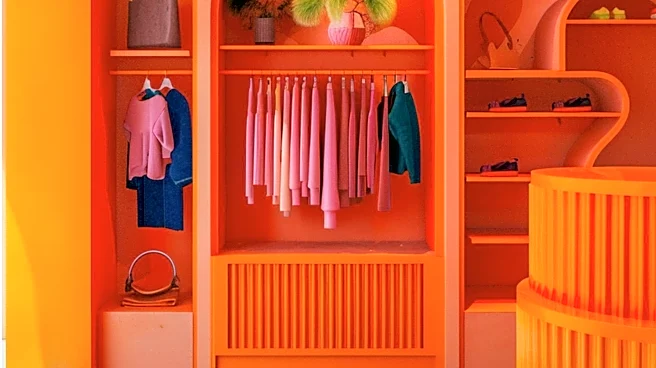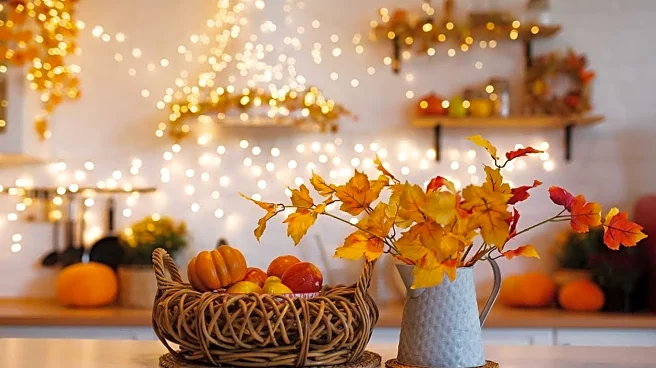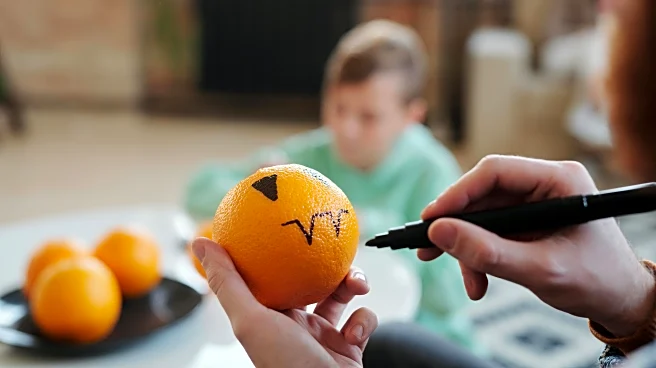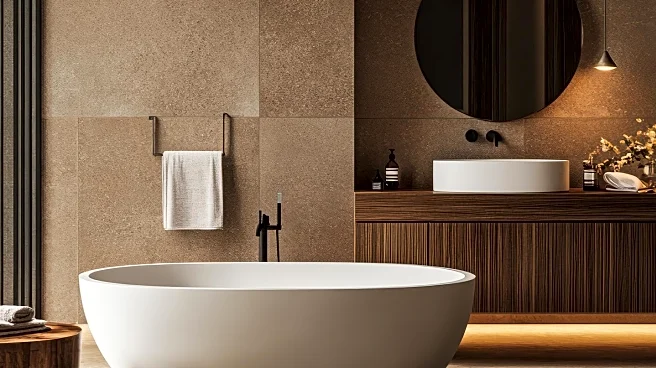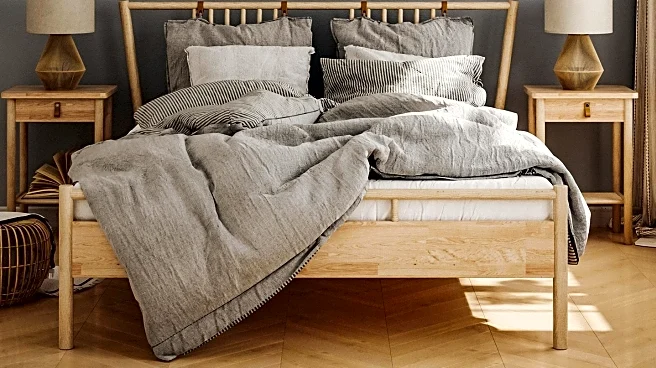What's Happening?
Interior designers are increasingly recommending color drenching as a major trend for 2025. This design technique involves painting all surfaces in a room, including walls, ceilings, trim, and sometimes even furniture, in the same color or slight variations
of it. The approach creates a seamless, immersive effect that can make any room feel more cohesive and intimate. Designers like Ellie Mroz and Desiree Burns highlight the cost-effectiveness and sophistication of this method, which abandons traditional paint conventions to create intentional and impactful spaces. Color drenching is versatile, allowing for both bold and serene atmospheres depending on the chosen hue.
Why It's Important?
Color drenching offers a unique way to elevate interior spaces, making them feel luxurious and tailored to personal taste. This trend can significantly impact the home decor industry by encouraging homeowners to experiment with bold design choices. It provides a dramatic yet budget-friendly option for those looking to refresh their living spaces. The technique is particularly effective in small rooms, where it can create a sense of expansiveness. As more people seek personalized and cohesive home environments, color drenching could become a staple in modern interior design.
What's Next?
As color drenching gains popularity, homeowners and designers may explore new color palettes and finishes to enhance the effect. The trend could lead to increased demand for paint products that offer durability and versatility across different surfaces. Designers might also develop new strategies for incorporating color drenching into various types of rooms, from home offices to hallways. The growing interest in this technique could inspire further innovation in paint technology and application methods.
Beyond the Headlines
Color drenching challenges traditional notions of interior design by emphasizing uniformity and saturation. It encourages a departure from neutral tones and accent walls, promoting a more immersive and cohesive aesthetic. This trend reflects a broader shift towards personalization and bold expression in home decor, aligning with consumers' desire for spaces that reflect their individuality. As the trend evolves, it may influence other areas of design, such as furniture and textile choices, to complement the monochromatic look.
